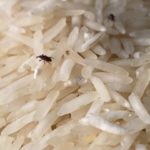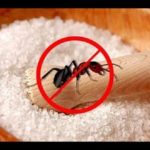Millipedes are generally docile creatures and rarely bite. However, no one wants these uninvited guests invading their homes, especially since they emit a foul odor and their bites can be quite painful and cause blistering. Here are nine quick and easy ways to get rid of millipedes in your home for good.
1 Regularly Clean Your Garden
Lawns and potted plants are favorite hiding spots for millipedes as they thrive in damp and dark environments. Thus, it’s essential to regularly tidy up your garden to prevent and deter these pests.
 Regular garden clean-up helps prevent and deter millipedes
Regular garden clean-up helps prevent and deter millipedes
When cleaning, pay attention to trimming tall grass as it creates the damp conditions millipedes favor. Additionally, water your plants in the morning instead of the evening. Millipedes are most active at night, so evening watering increases moisture levels and encourages their proliferation.
2 Remove or Relocate Millipede Hideouts
Millipedes primarily feed on leaves, decaying foliage, and soil. Places with abundant leaves, damp soil, and decaying plant matter are ideal gathering spots for millipedes. The solution is to clean up, remove, or relocate these areas, depriving millipedes of their hiding places and forcing them to move on.
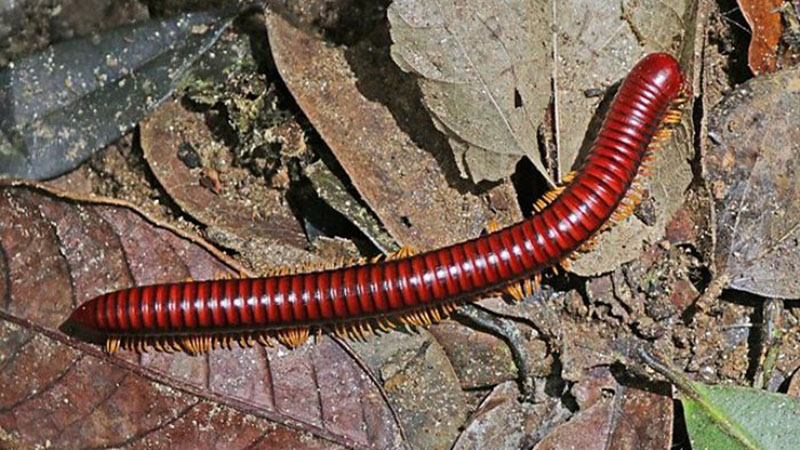 Millipedes are attracted to places with abundant decaying leaves
Millipedes are attracted to places with abundant decaying leaves
Get rid of unnecessary materials, rotting organic matter, and trim bushes to create a more open and airy environment. Maintain a garden mulch layer of approximately 3-4 inches, and keep it about 2-3 feet away from your house’s foundation to prevent millipedes from thriving in your garden and migrating indoors.
3 Redirect Rainwater Away from Your House
Water is the fastest way to attract millipedes, as they are highly attracted to moisture. To prevent this, install drainage pipes that direct rainwater away from your home.
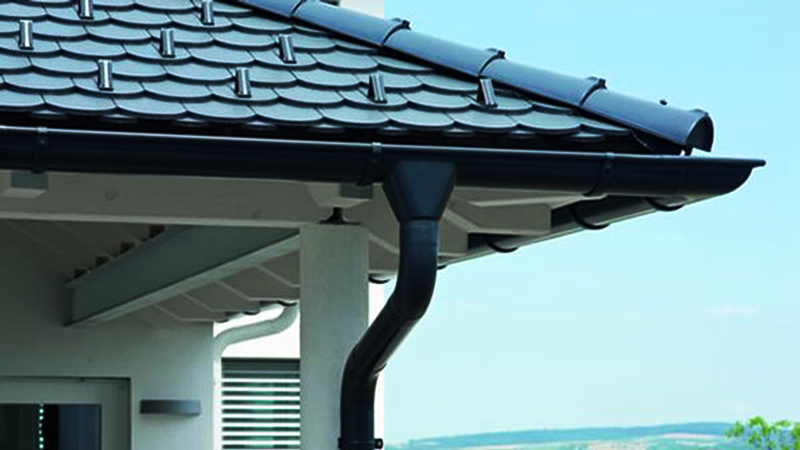 Install gutters and pipes to direct water away from your house
Install gutters and pipes to direct water away from your house
Connect additional gutters and pipes to carry water farther away, and regularly inspect and address any conditions that make your home damp. Remember to shut off faucets near your house’s foundation to prevent creating damp conditions that attract millipedes.
4 Seal Cracks and Crevices Leading into Your Home
Cracks and crevices provide an easy entry point for millipedes, so it’s crucial to seal them off. Ensure that all doors fit snugly against the door frame. A simple way to check for door gaps is to close the door and shine a flashlight along the edge; if you see light seeping through, the door needs adjustment.
 Use caulk to fill in cracks and crevices on walls
Use caulk to fill in cracks and crevices on walls
For cracks and gaps in walls, use caulk to fill them in and block millipedes’ entry points. This applies not just to doors but also to vents; it’s advisable to use vent covers with fine mesh screens to keep out insects without blocking airflow.
5 Sweep and Vacuum Millipedes Out of Your Home
Vacuuming and sweeping are highly effective weapons against millipedes. These pests rarely infest clean and dry areas, so maintain excellent housekeeping habits, and they’ll stay away!
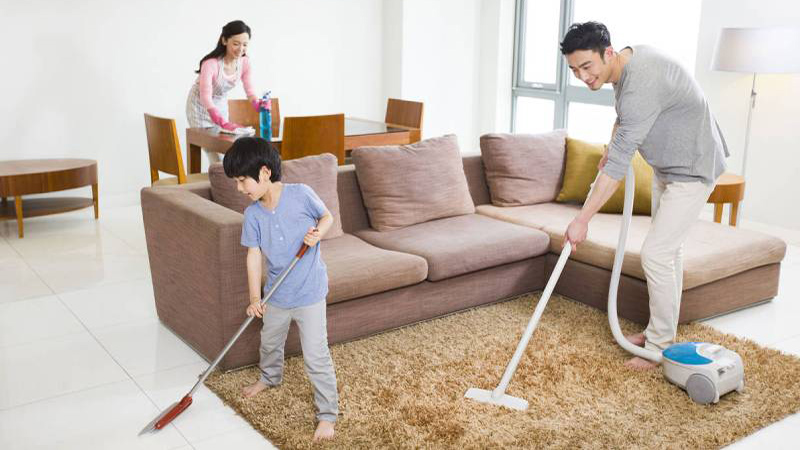 Maintain a clean and tidy home to deter millipedes
Maintain a clean and tidy home to deter millipedes
After moving into a new home, establish a regular cleaning routine to keep millipedes at bay. Vacuuming and sweeping will send a clear message to millipedes that they’re not welcome in your home!
6 Reduce Moisture Levels in Your Home
As mentioned earlier, millipedes thrive in damp conditions, so moisture plays a pivotal role in preventing and eliminating them. Millipedes cannot survive in dry environments, and they’ll stop reproducing and die within a day if deprived of moisture.
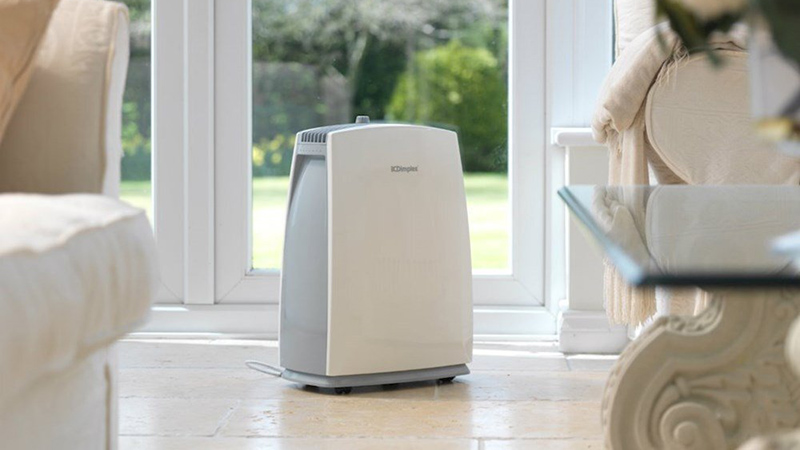 Use a dehumidifier to reduce moisture levels in your home
Use a dehumidifier to reduce moisture levels in your home
To reduce moisture levels, consider investing in a dehumidifier or desiccant bags. If your home has a basement, pay extra attention to this area, as it tends to be damp and attractive to millipedes. Regularly inspect, clean, and use dehumidifying solutions in your basement to make it less hospitable to these pests.
7 Mix Ashes into the Soil
Ashes are another effective weapon against millipedes. Simply mix a handful of ashes into the soil surrounding your house, and if the soil is particularly damp, increase the amount of ashes accordingly.
 Mixing ashes into the soil helps dry out the environment
Mixing ashes into the soil helps dry out the environment
Ashes act as a natural desiccant, absorbing moisture and making the soil drier and less welcoming to millipedes and other moisture-loving pests.
8 Use Insecticides
If all else fails and you’re still dealing with stubborn millipedes, it’s time to break out the insecticides. A single application should be enough to solve your millipede problem. However, keep in mind that some insecticides lose effectiveness in high-humidity environments, so it’s crucial to address moisture issues before resorting to insecticides.
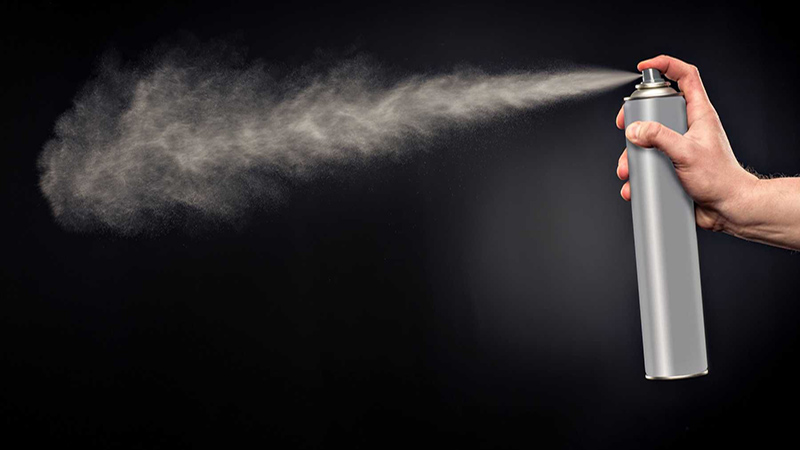 Use insecticides to eliminate millipedes
Use insecticides to eliminate millipedes
9 Resort to Pesticides
In severe infestations, when all else has failed, pesticides are the last resort. However, pesticides can be hazardous to your health, so it’s imperative to take precautions when using them.
 Wear a face mask when spraying pesticides
Wear a face mask when spraying pesticides
Always wear protective gear, including a face mask, gloves, and goggles, and ensure adequate ventilation during and after application. Vacate the treated area for at least an hour after spraying, and upon returning, keep the windows open to ventilate the room and dissipate any lingering pesticide fumes.
There you have it! Nine simple yet effective ways to banish millipedes from your home for good. We hope you found this guide helpful. Thanks for reading, and good luck!

























